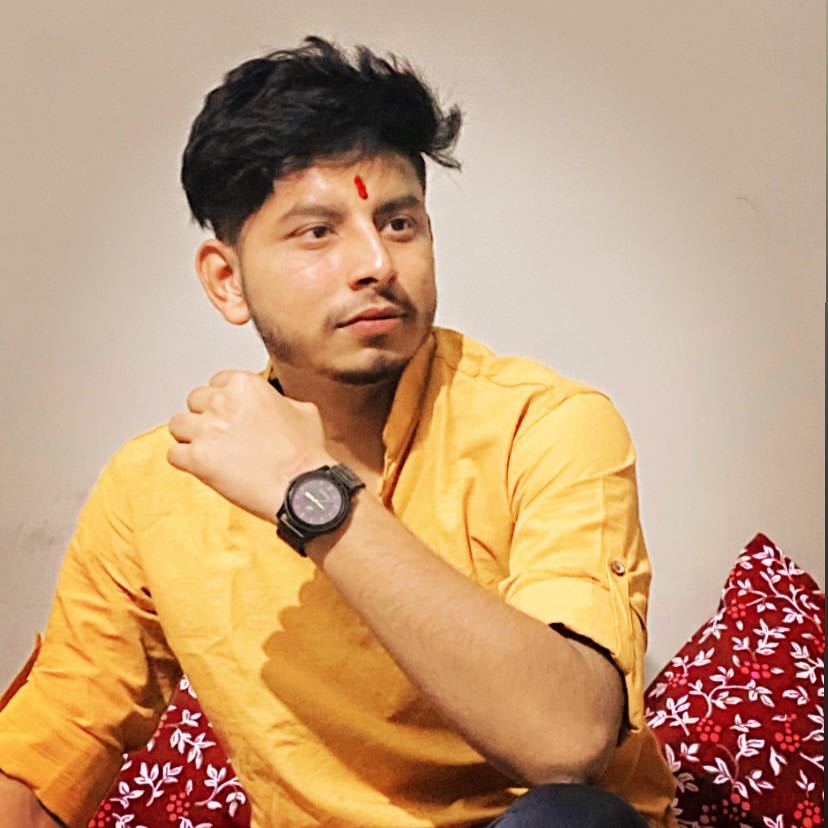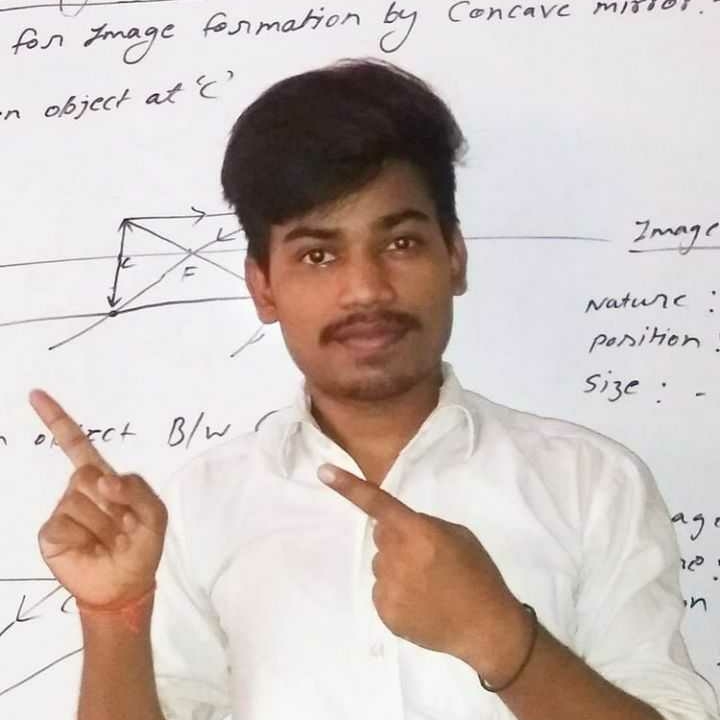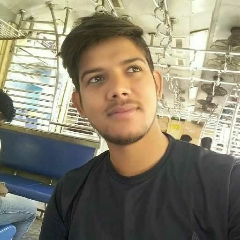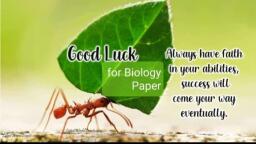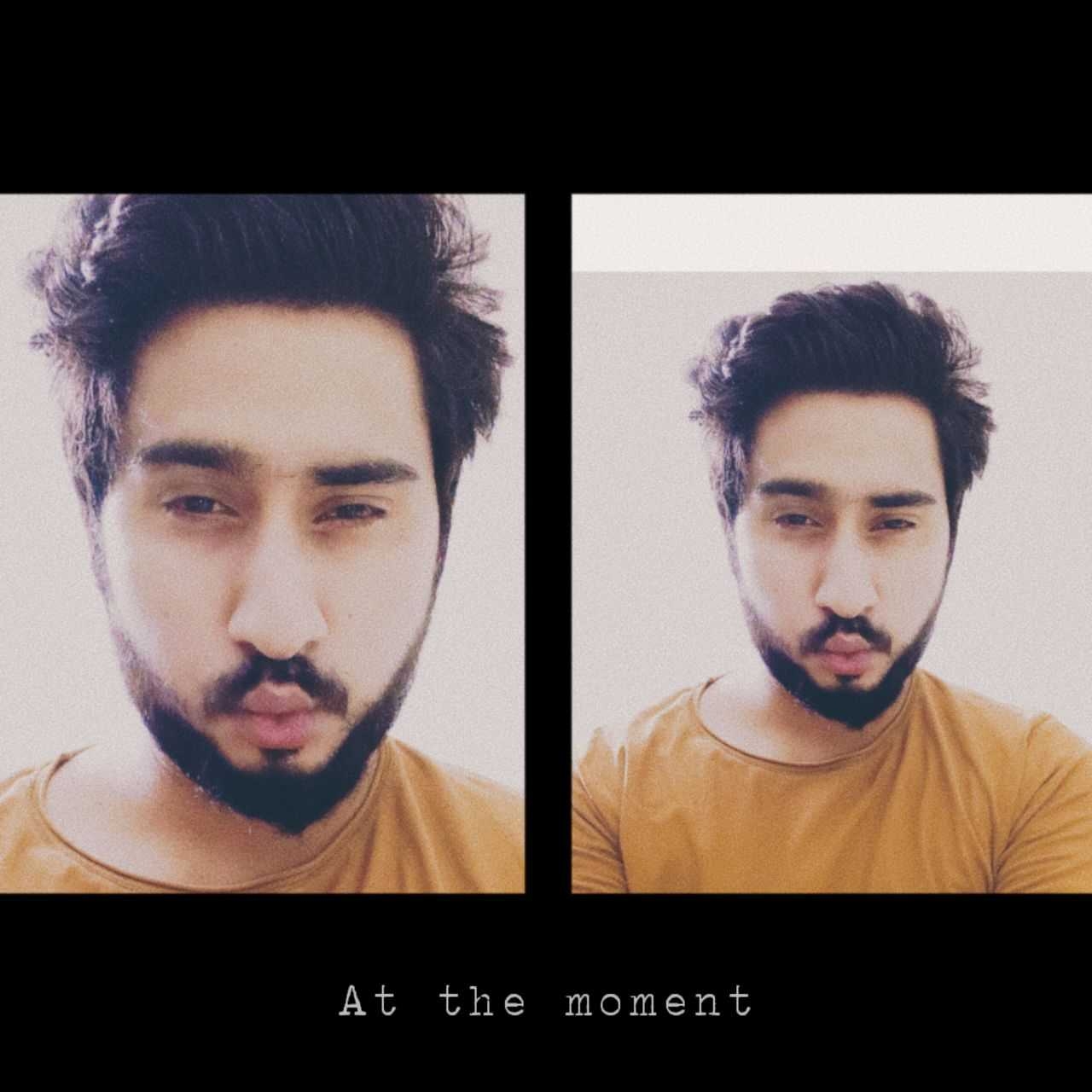Question 1 :
A coin is tossed three times, where<br>(i) $E$ : head on third toss, $F$ : heads on first two tosses<br>(ii) $E$ : at least tow heads, $F$ : at most two heads<br>(iii) $E$ : at most two tails, $F$ : at least one tail<br>Determine $ P\left( E|F \right) $
Question 2 :
If $P(A) + P(B) = 1$; then which of the following option explains the event $A$ and $B$ correctly ?
Question 3 :
If $A$ and $B$ are events such that $P\left( A|B \right) =P\left( B|A \right) $, then
Question 4 :
If $P\left( A \right) = \displaystyle\frac { 6 }{ 11 }, P\left( B \right) = \displaystyle\frac { 5 }{ 11 }$ and $ P\left( A \cup B \right) = \displaystyle\frac { 7 }{ 11 }$, find <br>(i) $ P\left( A \cap B \right)$<br>(ii) $ P\left( A | B \right)$<br>(iii) $ P\left( B | A \right) $
Question 5 :
A bag contains six red four green and eight white balls If a ball is picked at random the probability that it is not white is
Question 6 :
If $P\left( A \right) = \displaystyle\frac { 1 }{ 2 } $, $P\left( B \right) =0$, then $P\left( A|B \right) $ is
Question 7 :
If A and B are independent events,then  $P\left ( \dfrac{B}{A} \right )= $
Question 8 :
A bag contain $4$ white and $2$ black balls. Two balls are drawn at random. The probability that they are of the same colour is ________.
Question 10 :
<p class="MsoNormal">A box contains $10$ items, $3$ of which are defective. If $4$ are selected at random without replacement, what is the probability that at least $2$ of the $4$ are defective?</p>
Question 11 :
A die is thrown twice and the sum of the numbers appearing is observed to be $7$. What is the conditional probability that the number $2$ has appeared at least once?
Question 12 :
If two events A and B are such that  $P ( \overline { A } ) = \dfrac { 3 } { 10 } , P ( B ) = \dfrac { 2 } { 5 }$ and $P ( A \cap \overline { B } ) = \dfrac { 1 } { 2 }$ ,then $P \left( \dfrac { B } { A \cup \overline { B } } \right)$ is<br/>
Question 13 :
There are two coins, one unbiased with probability $\dfrac{1}{2}$ of getting heads and the other one is biased with probability $\dfrac{3}{4}$ of getting heads. A coin is selected at random and tossed. It shows heads up. Then the probability that the unbiased<span>coin was selected is</span>
Question 14 :
A machine has three parts, A, B and C, whose chances of being defective are 0.02, 0.10 and 0.05 respectively. The machine stops working if any one of the arts becomes defective. What is the probability that the machine will not stop working?
Question 15 :
If $P(A)=\dfrac{1}{2}$, $P(B)=\dfrac{3}{8}$ and $P(A\cap B)=\dfrac{1}{5}$ then P(B|A) is equal tp:
Question 16 :
A and B are two events such that $P(\overline A)=0.3, P(\overline B)=0.25$ and $P(\overline A\cap \overline B)=0.2$ then $P\left (\dfrac {A}{B}\right )$ is<br/>
Question 17 :
In a certain town, $40$% of the people have brown hair, $25$% have brown eyes and $15$% have both brown hair and brown eyes. If a person selected at random from the town has brown hair, the probability that he also has brown eyes is
Question 18 :
Let $A$ and $B$ be events such that $P(\overline{A})=\dfrac{4}{5}, P(B) = \dfrac{1}{3}, P\left(\dfrac{A}{B}\right) = \dfrac{1}{6}$, then:
